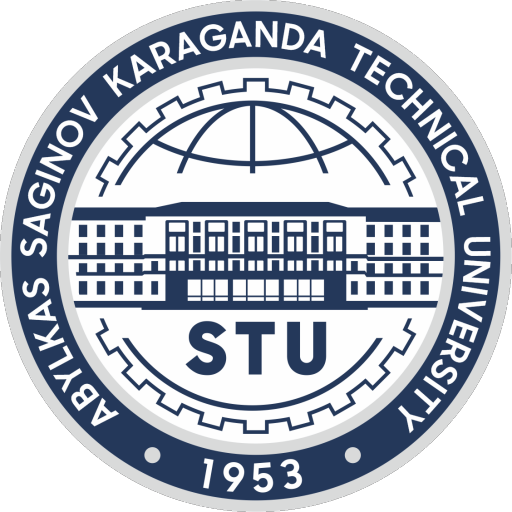Tempus project (159025-TEMPUS-1-2009-1-FR-TEMPUS-JPCR)
European-Russian-Central Asian Network of Master’s degrees
“Informatics as a Second Competence” (ERAMIS)
ERAMIS Project
ERAMIS project is a Tempus project (159025-TEMPUS-1-2009-1-FR-TEMPUS-JPCR) titled European-Russian-Central Asian Network of Master’s degrees “Informatics as a Second Competence” (ERAMIS), and started in 2010 [3]. The project’s aim is to create an academiccurricula offer on the second HE level in the field of Information technology (IT) for non-computerareas graduated (as a second competence).
The ERAMIS project involves participants of universities from the Russian Federation (Central Volga Region: Astrakhan, Saratov, Kazan, Voronezh), Kazakhstan (Almaty, Karaganda, Pavlodar), Kyrgyzstan (Bishkek) and EU (Grenoble in France, Alicante in Spain, Berlin in Germany, Savonia in Finland and Lublin in Poland). Furthermore there are 3 partners from the software industry coming from the Russian Federation, Kazakhstan and Kyrgyzstan in the project consortium.
The main aim of the ERAMIS project is the development of a common Computer Science (CS) curriculum at the second level of HE as a second competence for partners of the three beneficiary countries: Russian Federation, Kyrgyzstan and Kazakhstan. This project is inspired by a successful similar degree stemming from the Pierre-Mendès-France University of Grenoble, France and from the very positive results of the previous Tempus project (JEP-26235-2005 titled “Master Computer
The method of the ERAMIS project curricula developing
The first activity written in the ERAMIS project reads as “Analysis of the needs in relation to professional openings in concerned regions in Russia and Kazakhstan, in collaboration with some of the businesses of the consortium, and analysis of specific requirements of involved universities. The participants of the Kazakh National University of Almaty, Kazakhstan put up two questionnaires, one directed to potential students and one directed to enterprises. The aim of the first questionnaire is to know whether students would be interested in studying such a program. The aim of the second questionnaire is to identify the needs of enterprises regarding IT/CS specialists. Each beneficiary university adapted the questionnaire to its own context and consulted students and companies. The results that were presented during the second coordination meeting of the project in Saratov held end of June 2010 show clearly the need for this programme. The results of the consultation show also that enterprises in different places have differentiated needs. Further discussions during the Saratov meeting have also shown that the necessary resources for the programme are available among the partners taken as a whole and have put into light conditions that have to be met for the programme to be recognized in the different countries.
Due mainly to the differentiated needs of enterprises it has been decided during the Saratov meeting to define the degree profile as constituting of a common core or generic competences complemented by options or specific competences that confer to the degree a specialty like network specialist, security specialist etc. All universities should offer the generic competences while specific competences may be offered in selected universities only. The sharing of generic competences makes it possible for students to move to another university if the speciality they would like to study is not offered in their home university. The definition of generic competences makes it also possible to share teaching material among all partners. During the same meeting the work to describe the learning outcomes of the programme, the identification of generic and specific competences, the topics to be covered, the description of the modules and credits using ECTS as well as the detailed content (as the syllabus temple) of the module has been initiated. Detailed syllabuses definition should be finalized at the third meeting to be held in Almaty middle October 2010. This work builds upon the description of the similar programme of the French partner and on the resources already available at each university.
